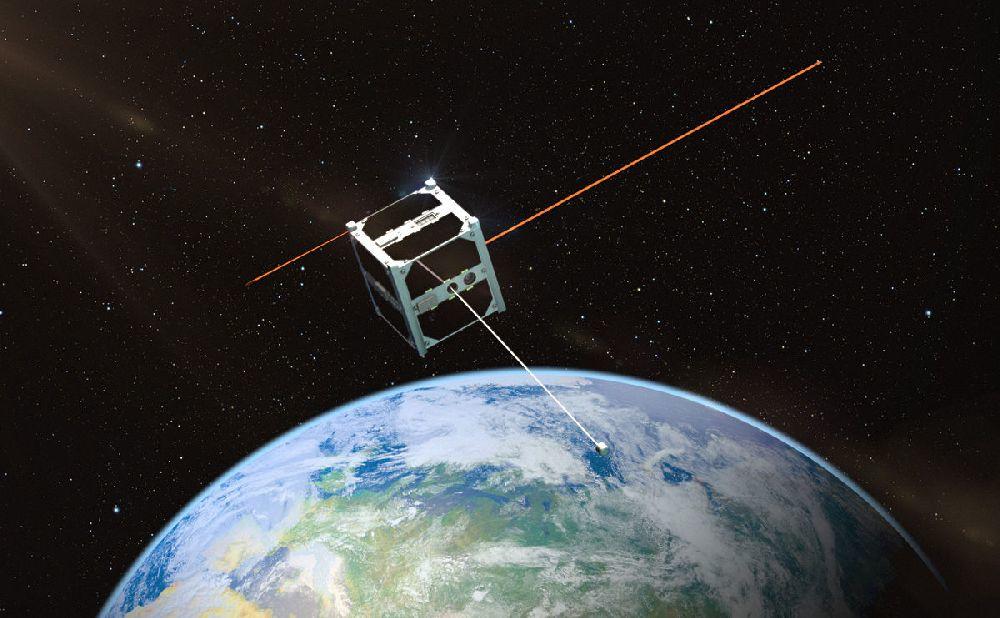The European Space Agency (ESA) welcomed Estonia as its 21st member on 4 February.
Anne Sulling, the Estonian minister of foreign trade and entrepreneurship, signed the accession agreement with the Paris-based space agency.
According to Aviation Week, Estonia spends several hundred million euros annually on space activities, including new financing for national research and development activities decided last year and a contribution to European meteorological organisation Eumetsat.
“The country has strong research facilities, particularly in the areas of astronomy and astrophysics, with the Observatory of Tartu and the Universities of Tartu and Tallinn,” Aviation Week said.
Estonia spent €330 million (US$373 million) on space activities in 2009, and has been contributing about €1.2 million per year to the ESA budget as part of a cooperation contract signed in 2010. A dozen Estonia-related space development projects have been initiated since then. Tallinn also supports European space as a member of Eumetsat, a contributor to the EU Common Space development project, and to Europe’s Copernicus environmental and monitoring and security system.
Flirting with space programmes goes back longer for the country. During the Cold War, Estonia was associated with and active in the extensive Soviet Union space programme. In the early 1970s, the first Soviet Saljut-type space station was equipped with the Estonian-built Mikron, a shining night clouds observer device. Several upgrades of the device were in service until the mid 1980s. In the mid 1980s, a telespectrometer FAZA (also known as Phasa) was constructed in Estonia for the Soviet orbital space station Mir. The device was used for study of the atmosphere and pollutants.
In 2013, Estonia became the 41st nation to have a man-made object in space, when its first satellite, ESTCube-1, was rocketed off to orbit the Earth. Around 100 students and scientists contributed to creation of the tiny one-kilogram satellite, which was nearly six years in the making. The satelliite was used as the basis for 40 research projects and three doctoral theses.
It is hoped that Estonian enterprises and research and development institutions will benefit the most from Estonia becoming a full member of the ESA – and it will also help develop a smarter economy in Estonia. As a full member, Estonian enterprises will have the right to take part in the ESA technology transfer programme; they will have the opportunity to grow in the ESA business incubators and to take part in the ESA procurements of space science and other programmes. Estonian space institutions may then use the ESA research laboratory and infrastructure. Estonian citizens may apply for ESA jobs and students may take part in the ESA training programmes.
Estonia’s full member status is expected to cost €2 million per year for the country.
I
Cover: ESTCube-1 by Taavi Torim (Wikimedia Commons).

